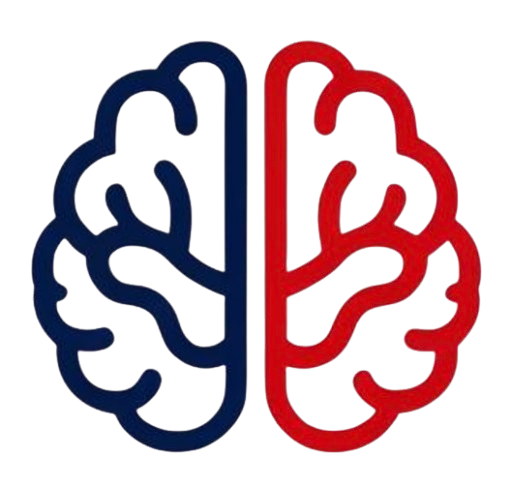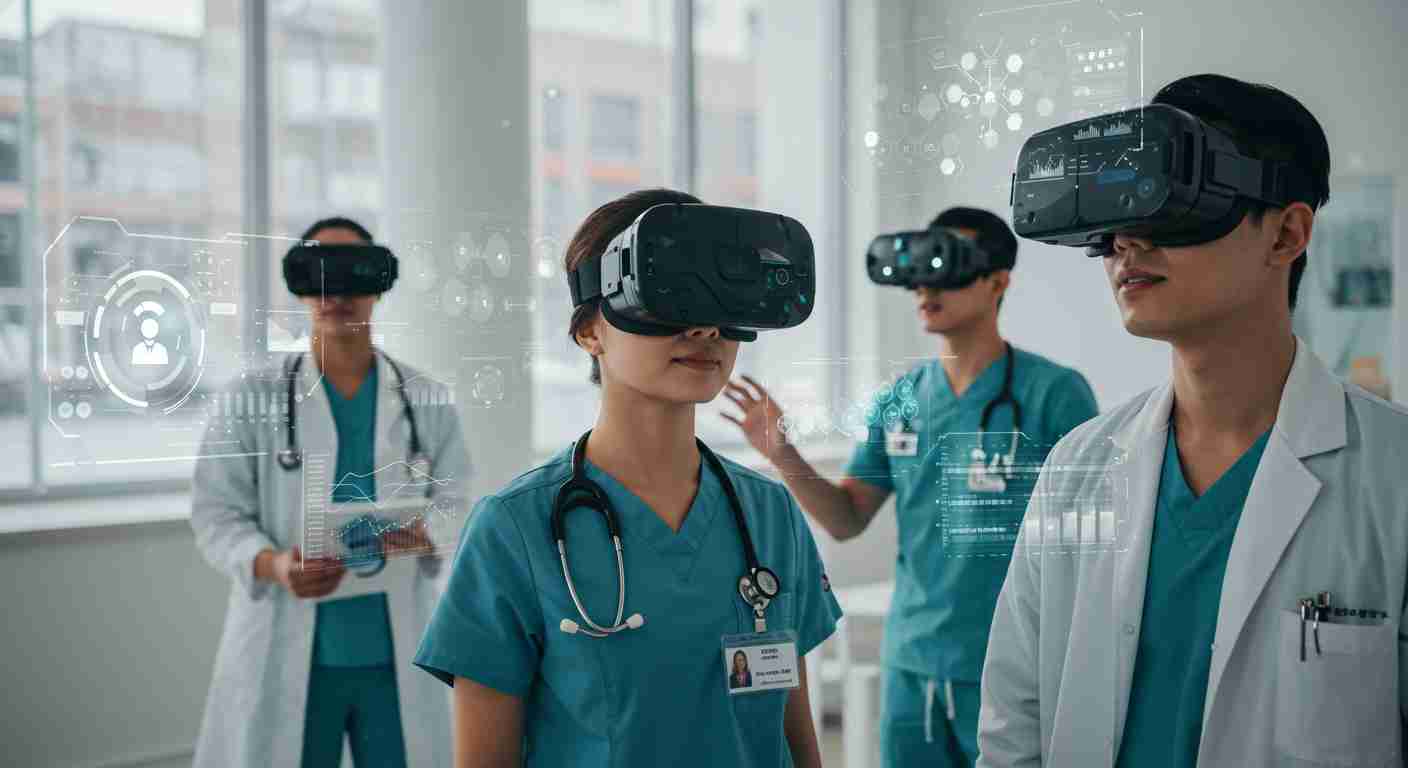Think back to the first time you learned something truly complex — maybe riding a bike or cooking your first big meal. Now imagine learning to perform heart surgery or treat a major trauma. For future doctors, the stakes are far higher, and the learning curve is steep.
Until recently, medical students mainly relied on textbooks, plastic mannequins, and supervised practice on real patients. But now, a powerful new tool is entering the scene: Virtual Reality (VR). And it’s changing everything.
Musumeci Online – The Podcast. It is perfect for driving, commuting, or waiting in line!
The Traditional Approach: Learning by Doing
In traditional medical education, students spend years studying theory before practicing on real patients. Hands-on experience often happens in busy hospitals, where opportunities are unpredictable. It’s like learning to drive by reading a manual, and only getting behind the wheel once you hit the highway.
Mistakes in this environment are costly — not just in grades, but in human lives. That’s why traditional training, while effective, has always faced big challenges in providing consistent, safe, and repeatable practice.
Virtual Reality is not replacing traditional medical education — it’s making it stronger.
Enter Virtual Reality: A New Dimension of Learning
Virtual Reality offers a solution that feels almost like science fiction. By wearing VR headsets, students can now step into highly realistic, simulated medical environments. They can practice surgeries, emergency responses, and diagnostic skills — all without any risk to real patients.
Imagine a trainee performing a complex heart procedure at 3 a.m. from their own living room, repeating it 50 times until it feels second nature. In VR, repetition is endless, mistakes are safe, and every step can be instantly reviewed.

How VR Training Boosts Medical Skills
Several studies show that VR training can dramatically improve both confidence and performance. For example, a 2021 study published in The Journal of Medical Education found that medical students trained with VR performed 29% faster and six times fewer errors compared to those trained through traditional methods.
Think of it like practicing a speech: the more times you rehearse in a simulated environment, the more natural it becomes. VR gives future doctors that same advantage, but for life-saving skills.
More Than Just Surgery: A Whole New Experience
VR isn’t just for surgeons. It’s helping doctors-in-training understand human anatomy through 3D exploration, learn to diagnose rare diseases, and even build empathy by stepping into the shoes of patients with disabilities or chronic illnesses.
For example, some VR programs simulate what it’s like to experience Alzheimer’s disease, allowing future caregivers to better understand patient needs and emotional challenges. It’s like reading a novel — but stepping directly into the story.

Challenges and the Road Ahead
Of course, VR is not a magic wand. It requires expensive equipment, regular updates, and skilled instructors to design effective simulations. Plus, not all medical scenarios can be perfectly recreated virtually — real-world unpredictability still matters.
Yet, as technology becomes more affordable and accessible, the gap between traditional and VR training will continue to shrink. Many experts predict that VR will soon be as common in medical schools as stethoscopes are today.
The Future Is Here
Virtual Reality is not replacing traditional medical education — it’s making it stronger. By offering a safe, repeatable, and immersive way to practice, VR is preparing a new generation of doctors who are better equipped, more confident, and ready to meet the future of healthcare head-on.
In the end, whether through a classic textbook or a futuristic headset, the goal remains the same: to heal, to help, and to make a real difference in people’s lives.


Leave a Reply